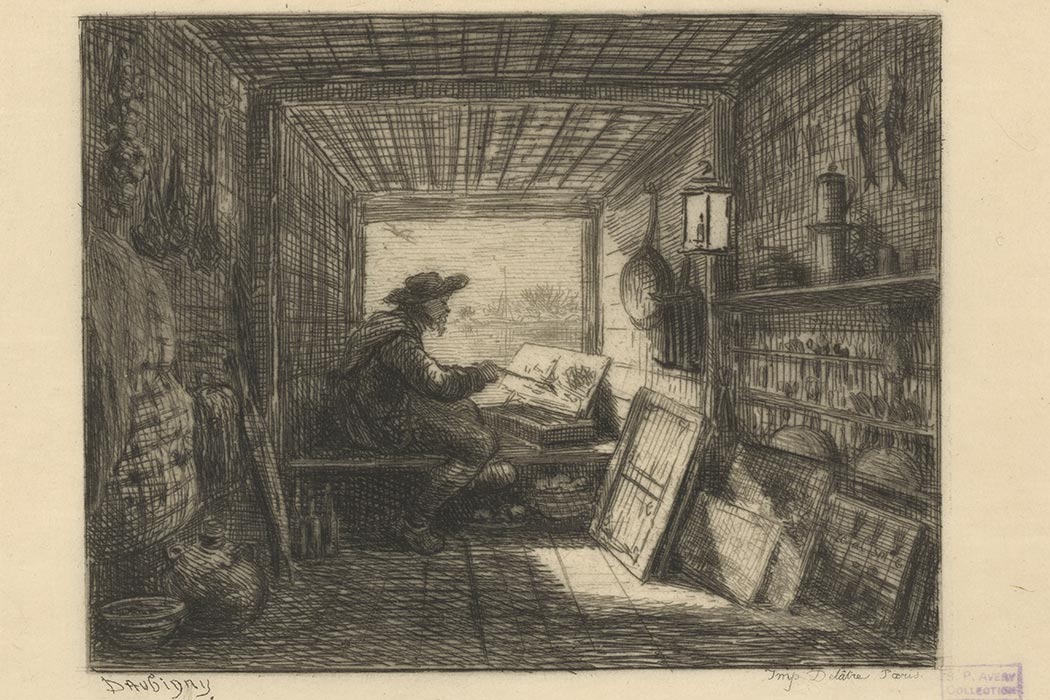The Barcelona art gallery Mayoral recently recreated artist Joan Miró’s 1956 Majorca studio. A nod to both the artist and the sixtieth anniversary of the studio’s opening, the recreated space welcomes viewers with a visual and tactile experience that museum spaces just don’t replicate. “Miró’s Studio” will travel to London and New York later this year.
A painter and entrepreneur in Chicago has recreated Van Gogh’s famous series of paintings “Bedroom in Arles” as an ultra affordable and exceptionally creative rental property on Airnbnb. This kind of creative experience can offer visitors something more palpable than the average museum might, providing greater insight into the creative process.
People also flock like pilgrims to famed artists’ homes, like Georgia O’Keefe’s, Frank Lloyd Wright’s, and Claude Monet’s, looking for inspiration and meaning. These places serve as sacred spaces for visitors while also preserving primary source materials and surroundings. Wanda M. Corn explores the “special kind of archive” that artists’ homes and studios leave for future artists, cultural historians, and tourists alike.
Corn includes the writing of art historians who have explored different historical homes and studios. Thayer Tolles offers a rich analysis of Augustus Saint-Gaudens’ home, while Julie Schimmel explores the Eanger Irving and Virginia Couse house and garden’s cultural significance. Ellen G. Landau looks to The Pollock-Krasner House and Study Center, offering unique insight to the journey viewers go through as they experience the richness of this physical and spacial archives. “Firsthand experiences of Pollock and Krasner’s home and studio allows extraordinary insight into the visceral role geography can play in stimulating creativity. For example, when I walked the short distance from house to studio in the early morning, hearing the staccato sounds and observing the natural motions in their weed-choked meadow, I finally understood why Krasner’s suggested title Sounds in the Grass characterizes to perfection the charged intensity of so many of the canvases Pollock painted early on in his new environment.”
As early as 1880, Edward J. Tarver emphasized the importance of preserving and sharing the architectural plans for artists’ studios in order to benefit and inspire future artists as they create their own sacred spaces. Corn takes this point a step further, arguing for the necessity of preserving artists’ homes and studios as historical spaces, saying “these homes and studios are themselves art-historical treasures, a mother lode of historical evidence […] By reading and comparing one against another, we gain insights into the history of artistic culture as well as the art and aesthetic allegiances of the artists who created and worked in these spaces.”
Considering such sites as Monet’s house and studio in Giverny, Miró’s recreated studio, and even Julia Child’s Cambridge kitchen, “one of the Smithsonian’s most popular artifacts,” the experience of these creative spaces is an invigorating and inspiring trend as well as an important opportunity for historical preservation.
Editor’s Note: This article was updated to correct a typographical error.







